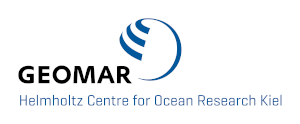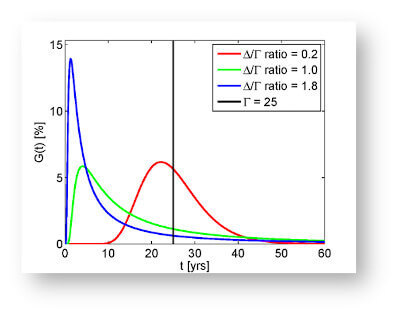VACAO, Arctic Ocean
Ventilation and Anthropogenic Carbon in the Arctic Ocean (VACAO) – Supporting measurements of noble gases and 39Ar in the Central Arctic.
Principal investigator: Dr. Tim Stöven, GEOMAR Helmholtz Centre for Ocean Research Kiel, Germany

Project Partners: Prof. Dr. Werner Aeschbach, Heidelberg University, Germany; Prof. Dr. Leif Anderson, University of Gothenburg, Sweden; Dr. Céline Heuzé, University of Gothenburg, Sweden; Dr. William Smethie, Lamont-Doherty Earth Observatory of Columbia University, United States of America; Prof. Dr. Minggang Cai, Xiamen University, China; Dr. Adam Ulfsbo, University of Gothenburg, Sweden
Research Icebreaker: IB Oden
Schedule:
Abstract: The Arctic Ocean has the unique characteristic that here climate change becomes clearly more apparent than in any other region of the world. The elevated heat flux into the Arctic causes drastic changes in the multi-year ice coverage, which in turn influences the prevailing physical and biogeochemical processes. Especially the modification of the inflowing surface waters into the Arctic is an essential part of the global overturning circulation. The formation of deep water encompasses the transport of dissolved gases, such as carbon dioxide, into the ocean’s interior. This process, named ventilation, is responsible for the storage of anthropogenic carbon in the world oceans and acts as buffer for greenhouse gas emissions. The uptake capacity of the oceans as well as the uptake rate are the crucial factors for reliable future scenario predictions. The ventilation timescales can be determined using transient tracer measurements, which carry time information by their time dependent input function or radioactive decay rate. The specific time ranges of the different tracers limit this established method in oceanography. The new Atom Trap Trace Analysis (ATTA) method now allows for standard measurements of the radioisotope 39Ar in seawater. This isotope perfectly covers the age range of deep waters, which could not be precisely resolved in the past. The age distribution function and ventilation timescales can now be determined for the whole water column in combination with further tracers, like CFC-12 and SF6. This approach will be supported by measurements of noble gases to determine saturation anomalies at the surface. This project is focused on the current and historic ventilation timescales of the Arctic Ocean to finally derive its carbon inventory. To this end, we want to measure the tracers during an Arctic expedition on the icebreaker ODEN in the Central Arctic Ocean in 2020.


